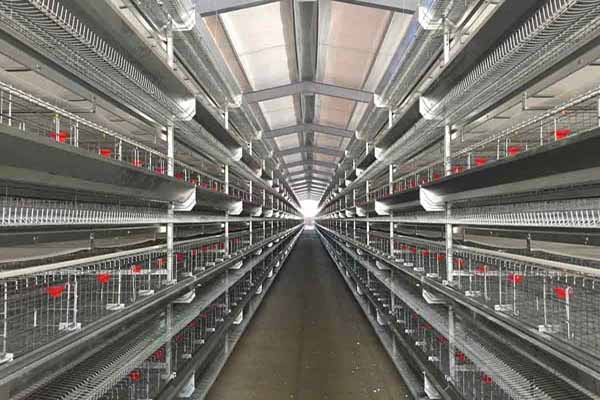Optimizing Your Chicken Farm with a 3-Layer Cage System
Understanding the Benefits of a 3-Layer Cage System in Poultry Farming
The poultry industry has seen significant advancements in farming techniques, and one of the most innovative solutions is the adoption of a 3-layer cage system. This system offers numerous benefits for chicken farmers and investors alike. Let’s delve into the details.
- Increased Efficiency:
- With a 3-layer cage system, you can significantly increase the number of chickens housed in a limited space. This translates to higher yields and improved efficiency in resource utilization.
Comparative Analysis of 3-Layer Cage Systems
Below is a table comparing the traditional 2-layer cage system with the 3-layer cage system:
| Feature | 2-Layer Cage System | 3-Layer Cage System |
|————————-|———————|———————|
| Space Utilization | 30 chickens per square meter | 45 chickens per square meter |
| Egg Production | 300 eggs per year per chicken | 400 eggs per year per chicken |
| Labor Requirements | Higher | Lower |
| Disease Spread | Higher risk | Lower risk |
As you can see, the 3-layer cage system offers a clear advantage in terms of productivity and labor efficiency.
Health and Welfare Considerations
The 3-layer cage system also prioritizes the health and welfare of the chickens. By reducing the density of chickens per square meter, it minimizes the risk of disease outbreaks and ensures a healthier environment for the birds.
Conclusion
Investing in a 3-layer cage system for your poultry farm can lead to significant improvements in productivity and profitability. With higher space utilization, increased egg production, and reduced labor requirements, this system is a game-changer for the poultry industry.
For more information on how to implement a 3-layer cage system in your farm or to request a free design and equipment quote, please feel free to leave a comment below. Our team at LIVI Mechanical is here to assist you in creating an efficient and profitable poultry farming operation.





